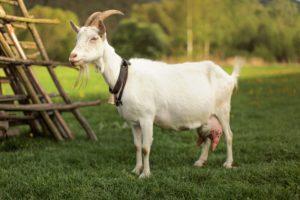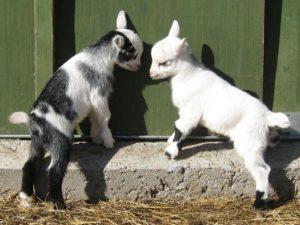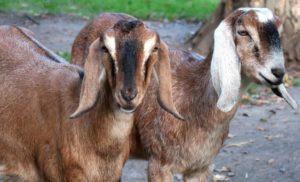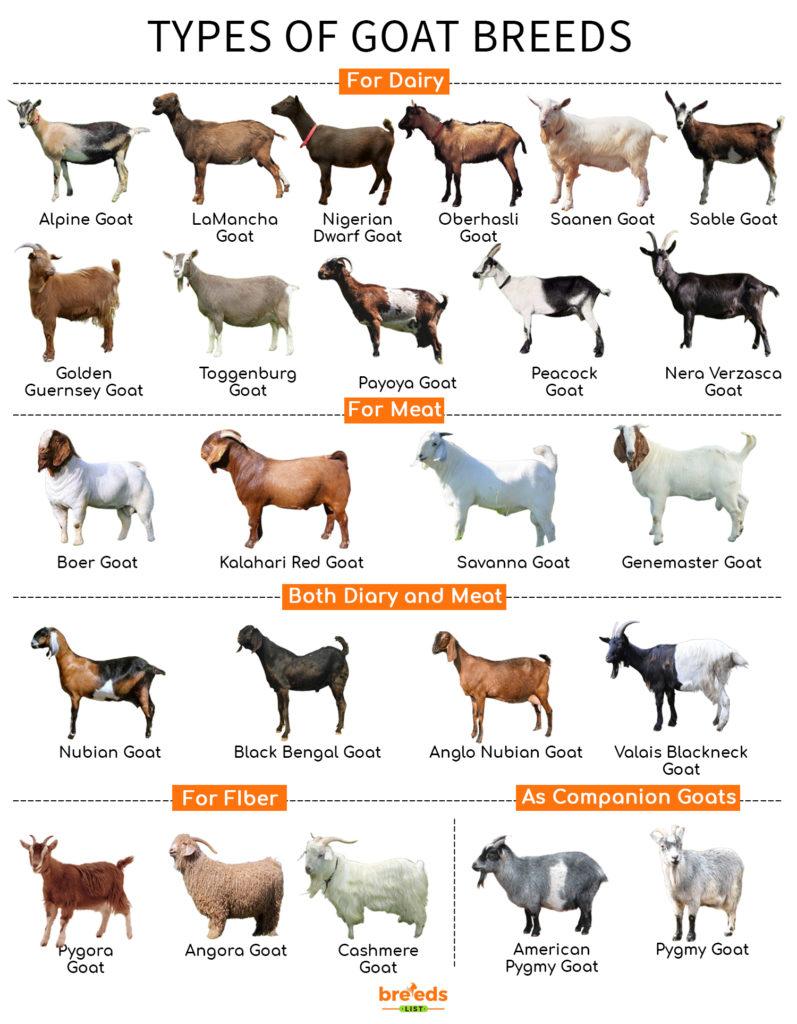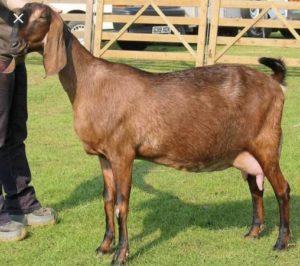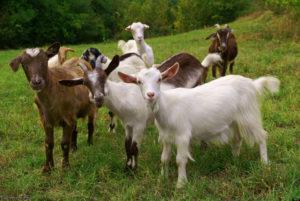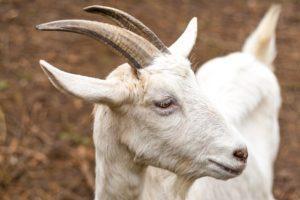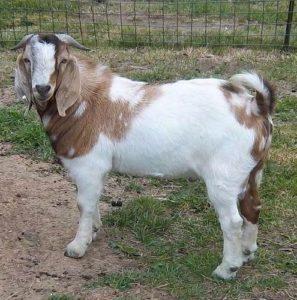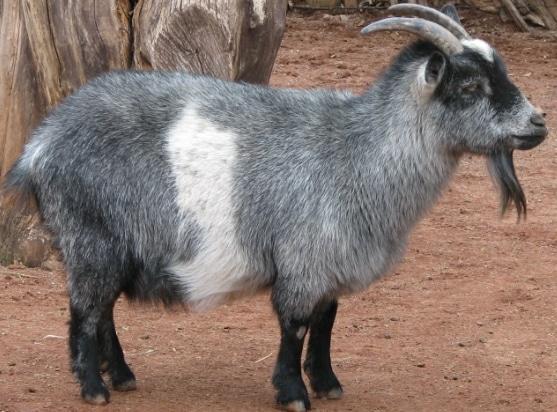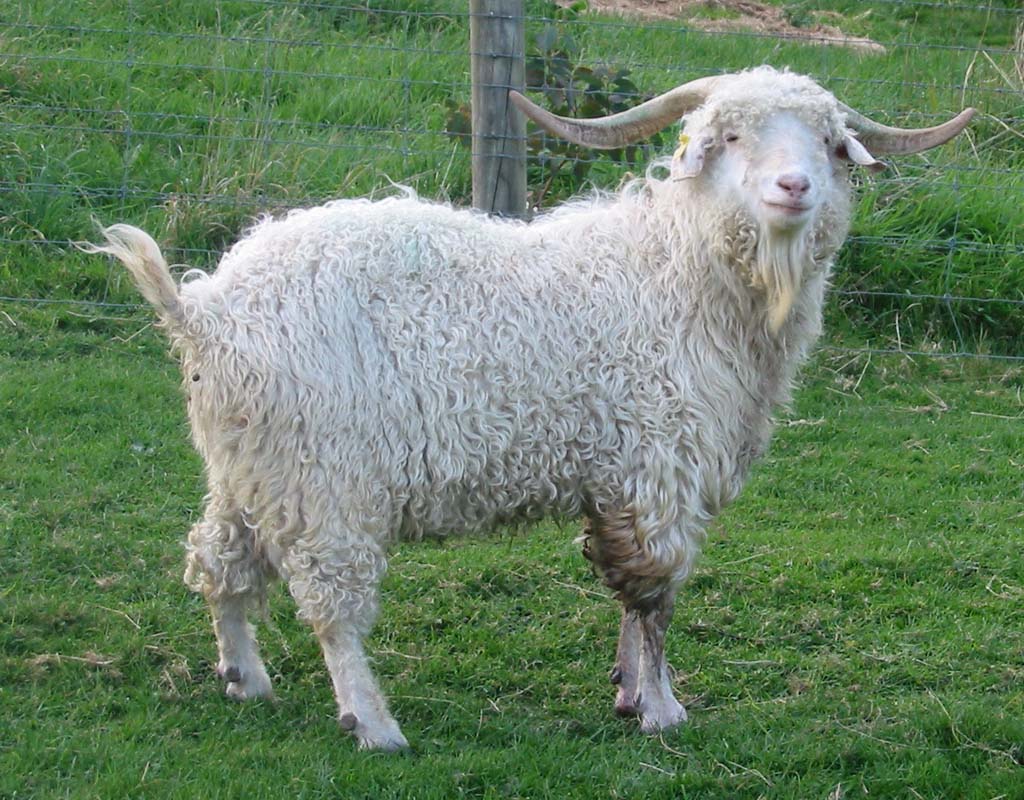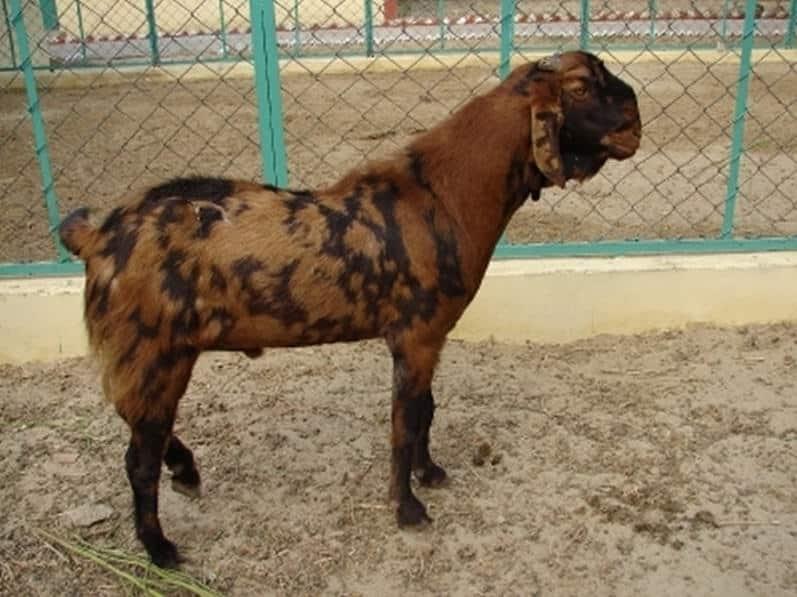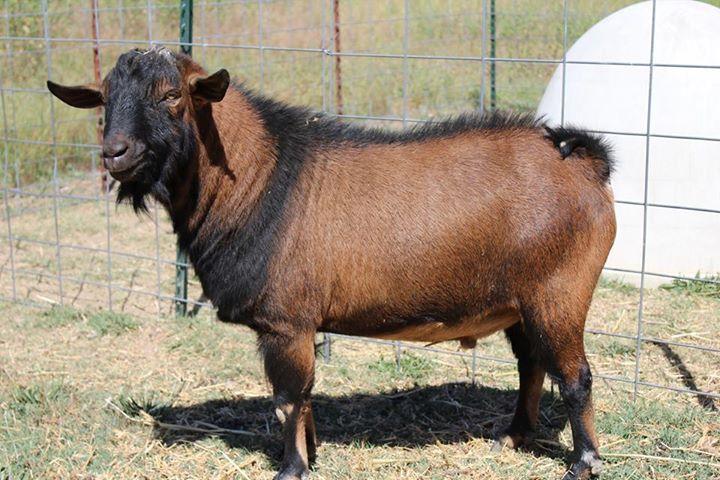Goats
Goats have been a key part of human history, living and evolving alongside us for centuries. Since their domestication in 8000 BCE, they have been a farmer’s trusted companion over the years, used in livestock, being reared to produce meat, milk, and fiber. Easier and cheaper to maintain than cattle and pigs they are a good option for impoverished communities to raise.
They have several other utilities, including clearing unwanted vegetation, medical training, being kept as support animals or pets, and even being bred for shows.
A study conducted at Queen Mary University indicated that goats have come to rely on humans for aid when faced with an unfamiliar obstacle. This behavior manifested itself when a goat was given a puzzle it could not solve, causing it to look towards its human companions as a way of gesturing for help.
Types of Goat Breeds
There are over 300 breeds of goat worldwide, with the most popular ones documented below.
For Dairy
- Alpine Goat
- Belgian Fawn Goat
- LaMancha Goat
- Nigerian Dwarf Goat
- Oberhasli Goat
- Saanen Goat
- Golden Guernsey Goat
- Orobica Goat
- Toggenburg Goat
- Payoya Goat
- Peacock Goat
- Chamois Colored Goat
- Nera Verzasca Goat
- Kamori Goat
- Sable Goat
- Grisons Striped Goat
- German Improved Fawn Goat
- German White Noble Goat
- Russian White Dairy Goat
- Thuringian Goat
- Maltese Goat
- Girgentana Goat
- Massif Central Goat
For Meat
- Boer Goat
- Kiko Goat
- Kalahari Red Goat
- Savanna Goat
- Genemaster Goat
- Myotonic Goat
- Spanish Goat
- Tennessee Meat Goat
- Hejazi Goat
Both Dairy and Meat
- Nubian Goat
- Black Bengal Goat
- Barbari Goat
- Carpathian Goat
- Charnequeira Goat
- Anglo Nubian Goat
- Appenzell Goat
- Azpi Gorri
- Aspromonte Goat
- Valais Blackneck Goat
- Murciana Goat
- Kinder Goat
- Jamnapuri Goat
- Beetal Goat
- Damascus Goat
- Rove Goat
- Verata Goat
- Sirohi Goat
- Irish Goat
- Cameroon Dwarf Goat
- West African Dwarf Goat
- Anatolian Black Goat
For Fiber
- Pygora Goat
- Changthangi Goat
- Angora Goat
- Cashmere Goat
- Nigora Goat
- Chyangra Goat
As Companion Goats
- American Pygmy Goat
- Pygmy Goat
History and Development
It is theorized that the goat was among the first animals to get domesticated, alongside the dog. The first recorded instance of their domestication comes from the Zagros region in western Iran around 10,000 years ago. Bezoar ibex dwelling around that area was the first species of wild goat to be tamed, brought to the United States during the 1970s.
The goat was most likely reared by ancient humans for their milk and meat, with their bones and horns also being used to build weapons, shelters, and tools. With years of selective breeding, the modern breeds became higher in physical diversity, acquiring characteristics not seen in the wild. Their productivity levels also increased; for instance, some domestic populations started producing more milk and meat than their counterparts in the wild.
Quick Information
- Biggest Breeds of Goats
- Boer Goat
- Kalahari Red Goat
- Savanna Goat
- Smallest Breeds of Goats
- Pygmy Goat
- Nigerian Dwarf Goat
- Pygora Goat
- Tallest Breed of Goat
- Saanen Goat
- Boer Goat
- Savanna Goat
- Highest Milk-producing Goats
- Saanen Goat
- Alpine Goat
- Anglo-Nubian Goat
- Best Meat-producing Goats
- Black Bengal Goat
- Boer Goat
- Kalahari Red Goat
- Top Fiber-producing Goats
- Angora Goat
- Pygora Goat
- Cashmere Goat
- Best Goats as Pets
- Pygmy Goat
- Nigerian Dwarf Goat
- Boer Goat
- Goats With Horns
- Alpine
- Bilberry
- Boer
- Long-eared Goats
- Anglo-Nubian
- Angora
- Beetal

